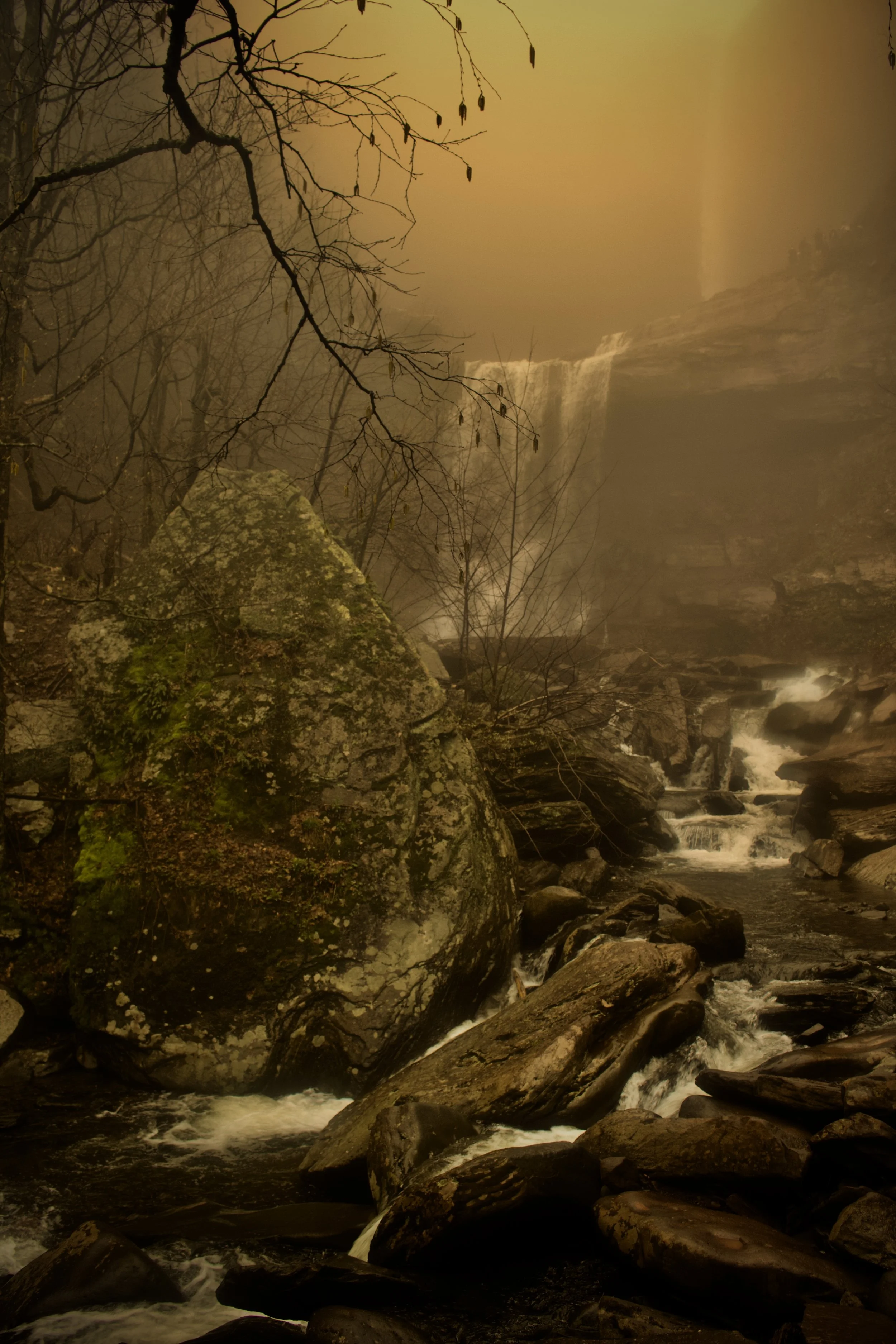Fire Island is a prime example of Long Island’s diversity. It’s a virtual “choose-your-own” adventure where one can have a tranquil beach day or party to the break of dawn depending on what sort of weekend you’re looking for. The 9.6 square miles of barrier island also hosts great breaks for surfing, as well as, a unique sunken forest, and both ocean and inlet host some of the best fishing on Long Island.
With so much to offer, the fact that the lighthouse largely defines Fire Island shows just how special the structure is. It has played a pivotal role in Long Island’s maritime history dating back to 1826 and its distinctive black and white patterning make it one of the most beautiful of the over twenty lighthouses on Long Island.
A lesser known, yet no less interesting, aspect of the Fire Island is that no one can agree on the source of its name. There are four different ‘stories’ as to the origins of the moniker and each one is supported by credible reasoning as to why it could be true. But before we lay out each origin story, let’s look at a few more fun facts about the region’s most recognizable landmark.
Read More







